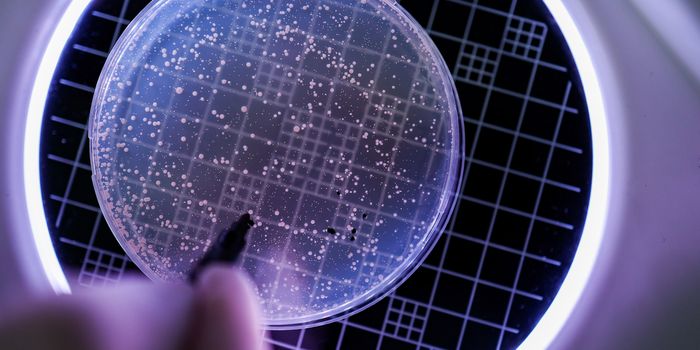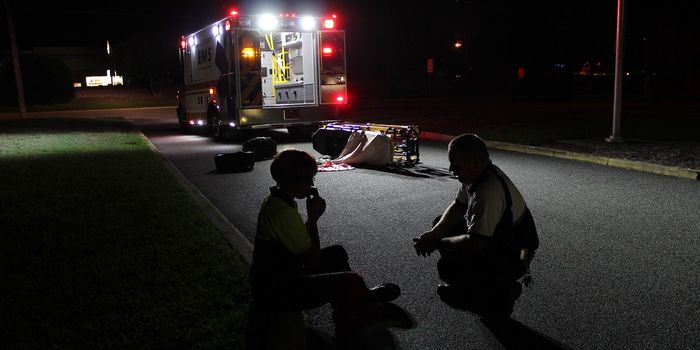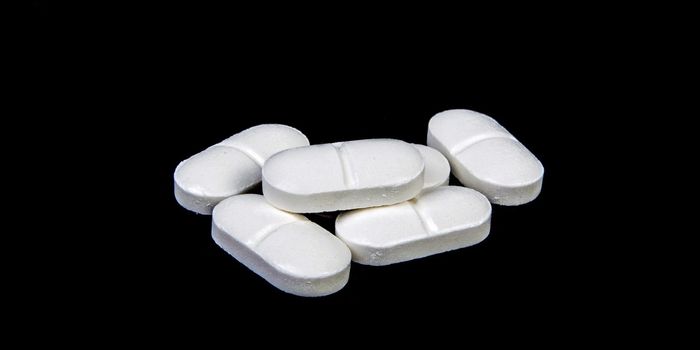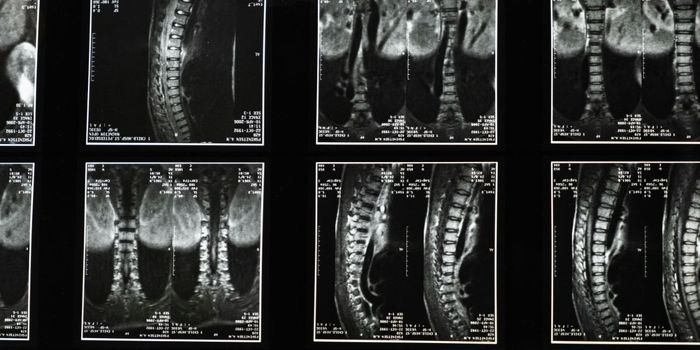New Antibiotics Found Using AI Technology
Using AI, researchers at MIT have found a powerful new antibiotic capable of killing some of the most dangerous drug-resistant bacteria known to man.
Current methods for identifying antibiotics are both extremely costly, take a lot of time, and are typically limited to a narrow range of chemical diversity. To resolve this issue, researchers at MIT developed a machine-learning computer model capable of examining molecular structures of compounds to see whether they may be able to kill certain bacteria.
To do this, they first trained a deep learning algorithm to recognize different types of molecules that kill bacteria by feeding it information on the atomic and molecular characteristics of almost 2,500 drugs and natural compounds. Alongside this, they added data on how well or not each substance prevented the growth of E coli. Bacteria.
Following this, the scientists then used the algorithm to analyze over 6,000 compounds currently under investigation for treating various human diseases. Instead of looking for potential antimicrobials however, they instead focused the algorithm to find compounds that seemed effective, but did not resemble current antibiotics. In doing so, they wanted to find drug candidates capable of counteracting antibiotic resistance.
Within just a few hours, the algorithm managed to find a promising antibiotic candidate: halicin, named after Hal, the astronaut-bothering AI in the 2001: A Space Odyssey. Testing the molecule on mice, the researchers noticed that it effectively ousted the gastrointestinal bug Clostridium difficile (C. diff), often the cause of fatal infections among hospitalized patients, as well as another antibiotic resistant bug, called Acinetobacter baumannii, known to cause infections in the blood, urinary tract and lungs.
More than this, the scientists also tested halicin on bacteria collected from patients. In doing so, they found it also worked against Mycobacterium tuberculosis, the bacteria behind TB, and strains of Enterobacteriaceae, often responsible for diarrhoeal diseases.
After this, the researchers set the algorithm on 107 million compounds from a database of 1.5 billion. WIthin three days, it managed to shortlist 23 potential antibiotics, from which two appear to be particularly useful.
Now intending to search more of the database for possible drug candidates, the researchers hope they can find antibiotics that are more selective in the bacteria they kill; only killing infectious bugs, as opposed to healthy bacteria that live in the gut too. More than this, the researchers also hope that such computer models may soon be used to design new antibiotics from scratch.
Sources: The Guardian, MIT News and The Conversation









